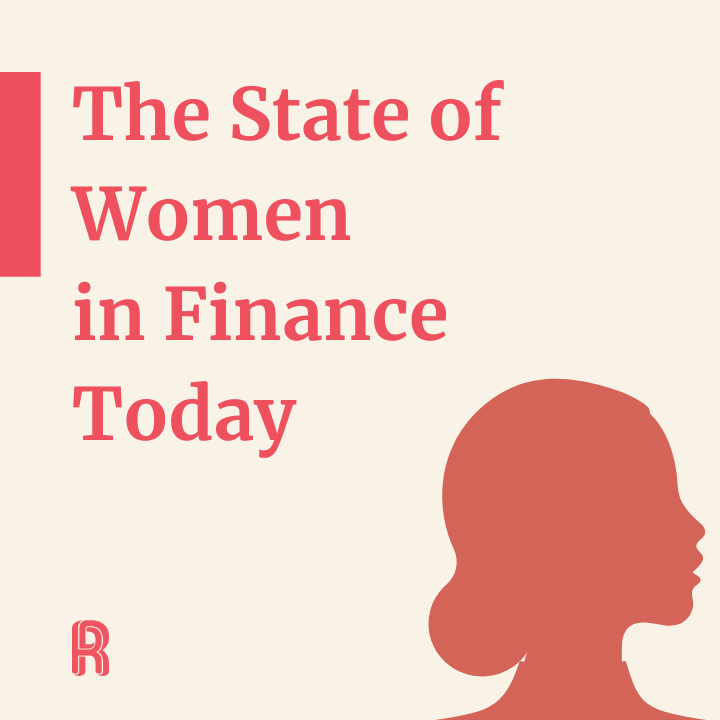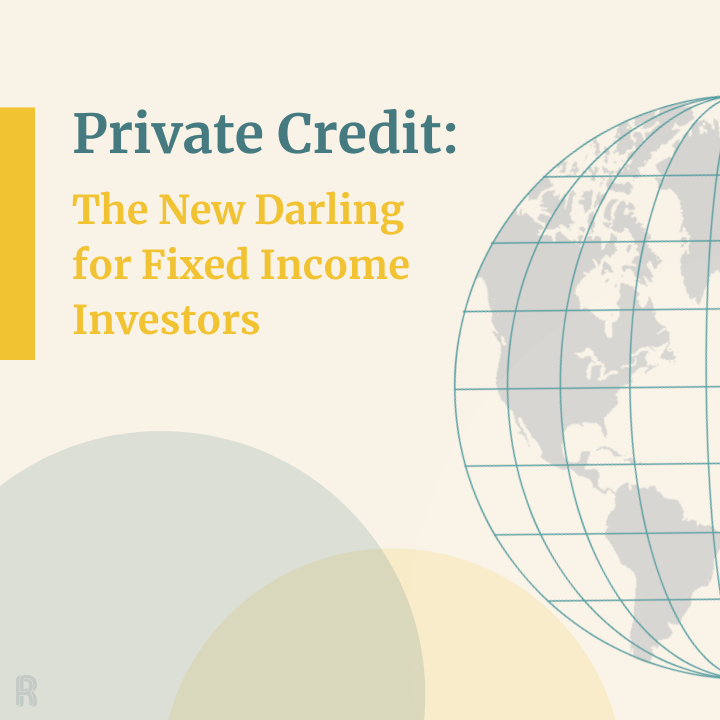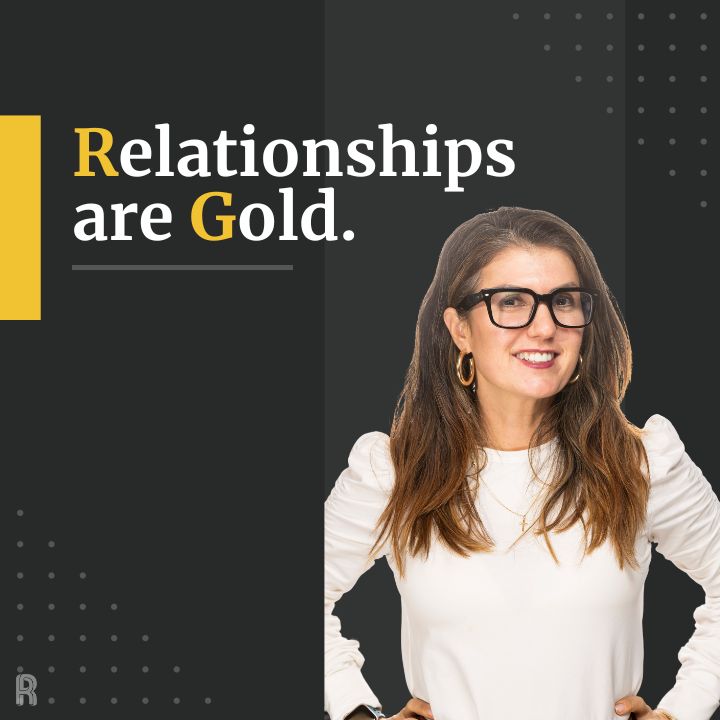
Reimagining Experiential Marketing in 2020 with Lorem Ipsum
WHO IS LOREM IPSUM?
The New York-based on-demand marketing firm specializes in B2B, with clients including Seiko, Ingersoll Rand and TK.
As part of our Always Learning series, we Zoomed with Lorem Ipsum’s Abigail Honor and Jean-Pierre Dufresne to broaden our understanding of experiential marketing and learn how it has adapted as the demand for digital experiences keeps growing. Here’s what we learned.
WHAT IS EXPERIENTIAL MARKETING?
Experiential marketing, also known as engagement marketing, is when brands directly engage consumers to participate in an experience — from in-person events to the ability to test a product in real-time. Brands are part of the consumer experience from start to finish, witnessing their consumers’ emotions and gaining a deeper understanding of how their products or services are perceived. An experiential marketing interaction benefits consumers, too, because they can understand how a product or service makes them feel before they commit to buying it.
Experiential marketing is all about creating experiences that resonate with your consumer emotionally.
WHY IS IT VALUABLE IN 2020?
The key to experiential marketing is how it differs from passive marketing — where brands use promotional tools, from paid social posts to billboards and banner ads, to help explain their value-add to existing or potential customers. While passive marketing increases brand awareness, it leaves a lot of the decision-making process up to the consumer, who must mentally weigh the pros and cons of a brand’s offering.
Experiential marketing, on the other hand, embeds the consumer in an experience and forces them to actually act. It’s no surprise that in 2020, with limited ability to host in-person events, brands have relied heavily on passive marketing.
But the value of experiential marketing is far from lost. It simply must be reimagined. When Lorem Ipsum was hired by Seiko, the watch brand whose sales are mostly focused on in-store purchases, they had to replicate the experience of trying on a watch in person.
How? With an experiential marketing e-commerce shop where consumers could virtually try on a watch. Using the camera on their phone, they could see how a watch would look on their wrists.
In essence, experiential marketing is another kind of learning, and ultimately that’s what marketing is — educating your audience.
According to Edgar Dale’s Cone of Learning, people learn best from what they actually do versus what they read or hear about. That applies to marketing, too.

HOW CAN EXPERIENTIAL MARKETING HAPPEN RIGHT NOW?
Some of the best examples of experiential marketing campaigns in recent years are almost all in-person. Creating a virtual experience requires a pivot. Sometimes this is as simple as turning a speaking engagement into a webinar, but other times it will require a much larger shift, like what Lorem Ipsum did with Seiko.
That said, familiar platforms can enable effective experiential marketing. Take the French Orchestra’s recent live-streamed performance on Zoom, offered for free to the general public. People who had never seen an orchestra perform could experience it for the first time. MLB teams are on Zoom, too, hosting watch parties so fans can interact during games. Use the tools you have: Lorem Ipsum showed how drawing an emoji to express your feelings at a virtual conference can get the audience engaged and quickly start a dialogue at literally no cost.
COVID-19 has forced brands to cancel in-person events and made it feel harder than ever to connect. But the truth is, we’re already in the next phase of the crisis. We’ve changed how we go out in public. We’ve adapted meetings, celebrations, life milestones and more to a new normal that has a good chance of sticking around for a while.
Subscribe to our newsletter
We value your privacy. We don't spam.








